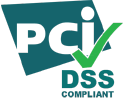- Services
-
-
-
-
Talk to an Expert
Our platform, solutions, and services are perfect for building modern credentialing programs. Let us help you get off to a flying start.
-
-
- Use Cases
-
-
-
Talk to an Expert
Our platform, solutions, and services are perfect for building modern credentialing programs. Let us help you get off to a flying start.
-
-
- Our Partners
- Resources
-
-
-
Podcasts
Kryterion's podcast explores the rise of technology, artificial intelligence, machine learning and the global demand for credentials.
-
-
-
-
-
Talk to an Expert
Our platform, solutions, and services are perfect for building modern credentialing programs. Let us help you get off to a flying start.
-
-
-
- About Us
- Success Stories







